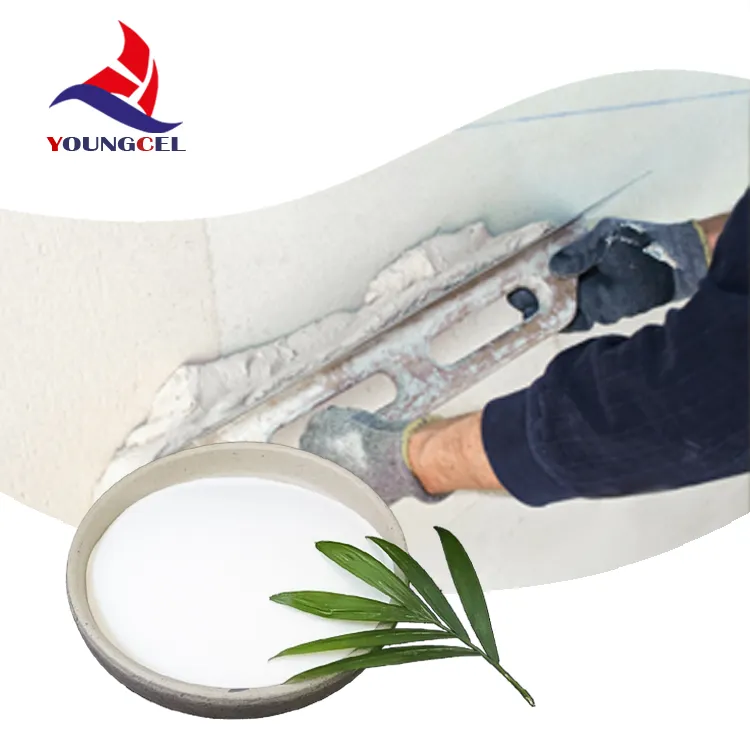Hydroxypropyl Methyl Cellulose (HPMC) An Overview
Hydroxypropyl Methyl Cellulose (HPMC) is a versatile, semi-synthetic polymer that plays a crucial role in various industries, including pharmaceuticals, food and beverages, construction, and personal care. This cellulose derivative is known for its unique chemical properties and structural characteristics, making it an essential ingredient in many commercial products.
Chemical Structure and Properties
HPMC is derived from cellulose, the natural polymer found in the cell walls of plants. The modification process involves the substitution of hydroxyl groups in cellulose with hydroxypropyl and methyl groups. This alteration results in improved solubility and versatility compared to its parent compound, cellulose. HPMC is available in various grades, which differ in their degree of substitution and molecular weight, thus allowing for customized applications based on specific requirements.
One of the most notable properties of HPMC is its ability to dissolve in water to form a clear, viscous solution. The solubility can vary depending on the degree of substitutions and the molecular weight of the polymer. Moreover, HPMC exhibits thermal gelation properties, which means that it can form gel-like structures when heated, making it useful in various heat-sensitive formulations.
Applications of HPMC
1. Pharmaceuticals HPMC is widely used in the pharmaceutical industry as a binder, film-forming agent, and thickener. It plays a critical role in the formulation of tablets, capsules, and topical preparations. HPMC-controlled-release formulations enable the gradual release of active ingredients, improving the therapeutic efficacy and patient compliance.
2. Food Industry In food applications, HPMC serves as a thickener, emulsifier, and stabilizer. It is commonly used in sauces, dressings, and dairy products to improve texture and shelf stability. HPMC is also valued in gluten-free baking as it helps retain moisture and improve the elasticity of dough.
hydroxypropyl methyl cellulos hpmc

3. Construction Within the construction industry, HPMC is a key ingredient in cement, mortar, and tile adhesives. Its water-retaining properties enhance workability and extend the open time of mixtures, promoting better adhesion and reducing the risk of cracking as the material dries.
4. Personal Care Products HPMC is a popular component in various personal care products, such as lotions, creams, and shampoos. It acts as a thickener, enhancing product texture and stability. Its film-forming capabilities allow for the creation of long-lasting formulations that improve skin feel and moisture retention.
Health and Safety Considerations
HPMC is generally recognized as safe (GRAS) for use in food and pharmaceuticals by regulatory bodies, including the United States Food and Drug Administration (FDA). It is non-toxic, non-irritating, and hypoallergenic, making it suitable for sensitive applications. Nevertheless, manufacturers and formulators should adhere to good manufacturing practices to ensure product quality and safety.
Future Prospects
The demand for HPMC is expected to grow as industries continue to explore innovative uses for this multifunctional polymer. Advancements in technology and formulation science may pave the way for more specialized HPMC grades tailored to meet emerging market needs. Sustainable sourcing and production methods will also be critical as environmental concerns rise, prompting the industry to seek greener alternatives without compromising performance.
Conclusion
Hydroxypropyl Methyl Cellulose (HPMC) exemplifies the intersection of natural and synthetic chemistry, illustrating how modifications to natural polymers can yield materials that meet modern demands. Its versatility across various industries demonstrates the polymer's significance in enhancing product performance, safety, and consumer satisfaction. As research progresses and new applications are discovered, HPMC will undoubtedly continue to play a pivotal role in the development of innovative products for years to come.
-
A Comprehensive Guide to Methyl Ethyl Hydroxyethyl Cellulose: Applications and Industry InsightsNewsNov.24,2025
-
Understanding Methyl 2 Hydroxyethyl Cellulose: Uses, Benefits & Industry InsightsNewsNov.24,2025
-
Hydroxyethyl Methyl Cellulose HEMC: Industrial Uses, Benefits & Future TrendsNewsNov.23,2025
-
HEMC Cellulose: Versatile & Sustainable Industrial Polymer | YoungcelNewsNov.23,2025
-
Methyl Hydroxyethyl Cellulose: Versatile Building Block for Industry & SustainabilityNewsNov.23,2025
-
CAS 9032 42 2: Understanding Polyvinyl Alcohol's Impact on Industry & SustainabilityNewsNov.22,2025




